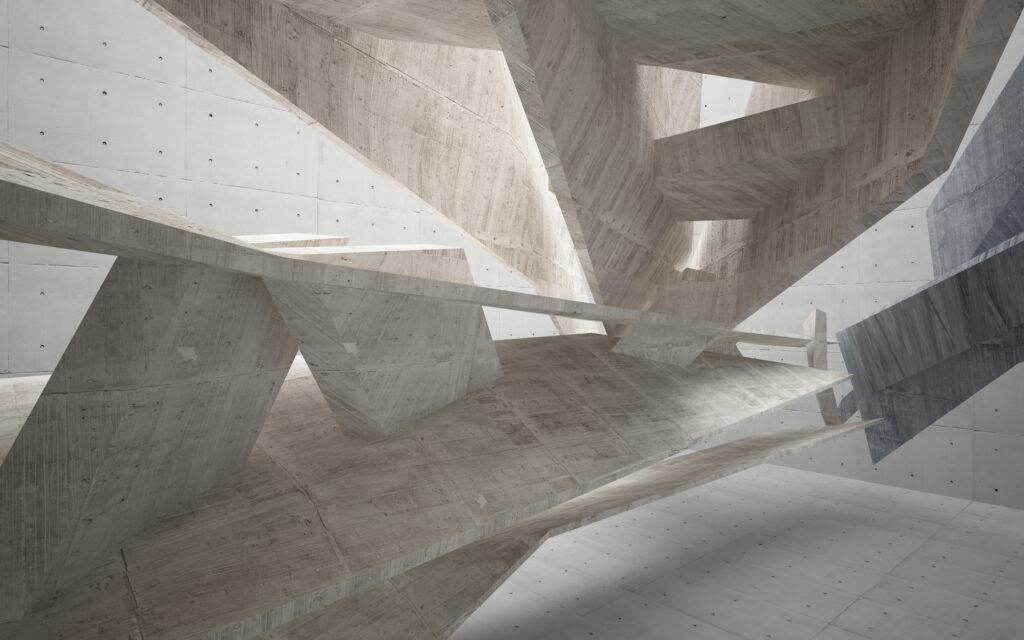Concrete – more than just a simple building material
Concrete – in the spotlight Concrete, once regarded as a gray, monotonous building material, is now at the center of a remarkable…
Concrete – in the spotlight
Concrete, once regarded as a gray, monotonous building material, is now at the center of a remarkable turnaround. Originally associated with the idea of monotony and environmental pollution, innovative technologies are now opening up an image of concrete as a key player in sustainable and future-oriented construction.

Concrete out of the printer
3D printing technology in the construction industry is revolutionizing building, especially with the example of the largest 3D printed building in Heidelberg. Within just 140 hours, a 53-meter-long, eleven-meter-wide and nine-meter-high building was created. This method enables faster, more efficient construction with less material waste and more design freedom. Up to 70% material could be saved here. However, there are challenges in adapting traditional building regulations to this innovative technology in order to exploit its full potential, as this technology does not yet have standard approval.
Self-healing concrete
A building material that repairs itself when damage occurs. These are special bacteria that remain inactive until they are activated by moisture in cracks and then produce calcium carbonate to repair the cracks. This technology reduces the need for repairs, extends the service life of concrete structures and minimizes environmental impact. It is particularly suitable for areas that are difficult to maintain, such as underwater structures and tall buildings. Research is aimed at further improving their efficiency and cost-effectiveness.
Concrete as energy storage
Research shows that concrete could even be used to store energy by converting it into supercapacitors (high-capacity capacitors). These consist of a mixture of cement, water and carbon black (a form of carbon). The structure of concrete makes it possible to store and release electrical charges efficiently. Technology could be used in a variety of applications, such as in energy self-sufficient buildings or self-charging roads for electric vehicles. The approach promises to offset the environmental impact of cement production and supports the transition to renewable energies.
Carbon fiber concrete
The production of carbon fiber concrete from algae is an innovative idea that could improve sustainability in the construction industry. Algae are used to produce environmentally friendly raw materials for carbon fibers by using the rapid growth of algae to bind CO2. This process produces glycerine, which is then processed into acrylonitrile and finally into polyacrylonitrile fibers to make carbon fibers. This technique is still in the development phase, but shows great potential for sustainable construction and climate protection.
Hempcrete
Hempcrete is a natural building material made from hemp hurds, lime and water, mainly used for non-load-bearing walls and insulation. It absorbs CO2, has low thermal conductivity and is resistant to fire and mold. Hempcrete is very energy-efficient, but requires a lot of water to produce. The application is diverse, ranging from walls to furniture, and offers sustainable benefits, especially in terms of energy efficiency and CO2 binding.
All these developments impressively demonstrate that concrete is far more than a ‘simple’ building material, but a potential key element for the future of architecture..
